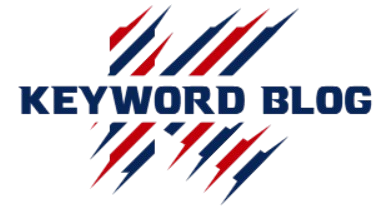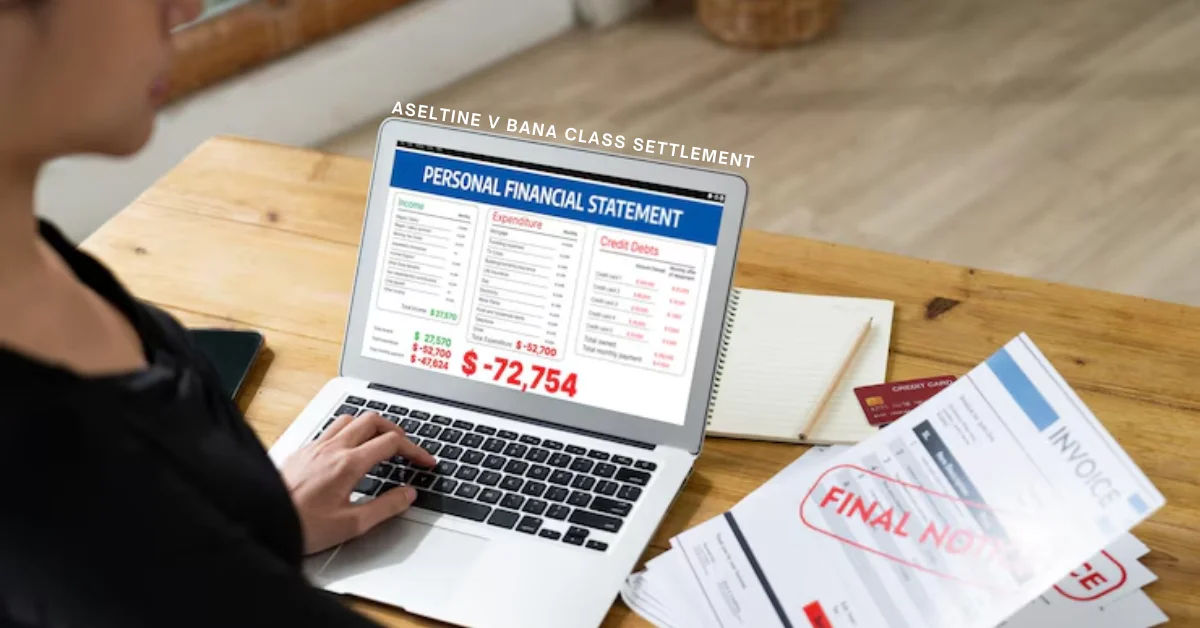The aseltine v bana class settlement has garnered significant attention, and for good reason. If you’ve been following the case or are just hearing about it now, you’re probably wondering what it means for you. This landmark settlement addresses key issues involving consumer rights and financial practices that affect many individuals across the nation. Whether you’re directly impacted or simply interested in how these legal battles unfold, understanding the details of this settlement is crucial. Dive into this blog post to uncover everything from eligibility criteria to payout information, ensuring you stay informed and prepared as we unravel the complexities of the Aseltine v BANA class settlement.
Background of the Aseltine v BANA Class Settlement
The Aseltine v BANA class settlement originated from allegations against Bank of America for unfair business practices. Several consumers claimed that the bank engaged in deceptive marketing techniques regarding credit card interest rates and fees.
This lawsuit emerged as a response to growing concerns about transparency in banking operations. Many individuals felt they had been misled or taken advantage of, prompting them to take legal action.
After extensive negotiations, both parties reached a settlement aimed at compensating affected customers. The outcome reflects not only the importance of accountability within financial institutions but also highlights consumer rights in today’s complex economic landscape.
As awareness spreads about this case, it has become a reference point for other similar lawsuits across the country, emphasizing the need for clarity and fairness in banking practices.
Who is Eligible for the Settlement?
Eligibility for the Aseltine v BANA Class Settlement primarily revolves around individuals impacted by specific bank practices. If you received a mortgage loan from Bank of America and experienced certain issues related to fees or charges, you might qualify.
The settlement is designed to cover those affected during particular timeframes outlined in the lawsuit. It’s essential to review your loan documents carefully to determine if they fall within these parameters.
Moreover, not all customers will be eligible; only those who meet specific criteria related to their claims can participate. Gathering necessary documentation ahead of filing can streamline the process significantly.
If you’re unsure about your eligibility status, consulting legal resources or professionals familiar with class action settlements may provide clarity. Engaging with community groups discussing this topic could also illuminate further details on potential qualification.
Class Action Lawsuit Details
The Aseltine v. BANA class action lawsuit centers around allegations of improper practices by Bank of America related to mortgage servicing fees. Plaintiffs claim that the bank charged excessive or unnecessary fees, impacting many customers unfairly.
This case gained traction as numerous individuals came forward with similar grievances against the institution. The suit aimed to hold Bank of America accountable for these alleged violations and seek restitution for affected borrowers.
Key aspects include the timeline of events leading up to the filing and how this issue has resonated within consumer advocacy circles. The complexity of such cases often highlights systemic problems in banking practices that require scrutiny and reform.
As legal proceedings unfolded, a settlement was proposed, aiming to compensate those harmed while setting guidelines for future conduct by Bank of America regarding fee assessments.
Payout Information and Calculation
The payout structure for the Aseltine v BANA Class Settlement is designed to provide fair compensation to eligible individuals. Claimants will receive a monetary award based on specific criteria outlined in the settlement agreement.
Each class member’s payout will depend on several factors, including the number of claims filed and total damages assessed. This means that as more people file claims, individual amounts may vary.
It’s essential to understand that there is a cap on the total amount available for distribution. Thus, timely submission of your claim can impact your potential payout.
Detailed calculations will be made by administrators following the claim period. Transparency in how these figures are determined ensures fairness among all participants in this settlement process. Keep an eye out for updates regarding final payouts as they become available.
How to File a Claim and Receive Compensation?
Filing a claim for the Aseltine v BANA class settlement is straightforward. Start by gathering all necessary documentation related to your eligibility. This may include proof of your relationship with the parties involved and any relevant transaction records.
Next, visit the official claims website associated with the settlement. Here, you will find detailed instructions tailored to ensure a smooth process. Fill out the online claim form carefully, ensuring all information is accurate and complete.
Once submitted, keep an eye on communication from the claims administrator. They might request additional documents or clarification regarding your submission.
Be patient as processing times can vary. Compensation amounts depend on several factors, including overall fund distribution among eligible claimants. Monitor updates through official channels for any changes or important notifications about your claim status.
Important Dates and Deadlines for Filing a Claim
Staying on top of important dates is crucial for anyone involved in the Aseltine v BANA class settlement. Missing a deadline could mean losing out on potential compensation.
The claims period opened recently, allowing eligible individuals to file their claims. Make sure to mark your calendar with the submission deadlines.
Typically, claimants will have several weeks or months to submit their paperwork. It’s essential to check specific dates provided by the court or official settlement website regularly.
If you need assistance, resources are available that can help guide you through the process and ensure timely submissions.
Remember that late claims may not be accepted under any circumstances. Being proactive about these deadlines ensures you don’t miss your chance at compensation related to this significant case.
Conclusion: What This Means for Affected Individuals?
The Aseltine v BANA class settlement represents a significant development for those who have been affected by the issues at hand. For individuals eligible for compensation, this settlement could provide much-needed financial relief and acknowledgment of their experiences. The payout details may vary based on individual circumstances, but the process is designed to be accessible.
Filing a claim can seem daunting, yet it offers an opportunity for affected individuals to receive what they deserve. Keeping track of important dates and deadlines will ensure that no one misses out on their chance for restitution. This settlement not only addresses past grievances but also serves as a reminder of consumers’ rights in similar situations.
For many, the outcome of this case will resonate far beyond mere financial compensation; it signifies accountability from larger institutions like Bank of America National Association (BANA). Those impacted should stay informed and proactive about filing claims while understanding the broader implications this settlement has within consumer rights.
FAQs
What is “Aseltine v BANA class settlement”?
It’s a $21 million settlement resolving claims that Bank of America charged hidden wire transfer fees to customers without proper notice.
Who qualifies for a payout from the settlement?
Consumers with Bank of America checking or savings accounts who paid certain incoming wire transfer fees between March 8, 2019, and August 31, 2023.
How will I receive my settlement payment?
Current BofA customers will get account credits; former customers will be mailed checks automatically—no claim form required.
Do I need proof or documentation to file a claim?
No, the settlement doesn’t require proof of purchase or a claim form. Eligible individuals will be paid automatically.
When is the deadline to take action in the case?
The deadline to object or exclude yourself from the settlement is September 21, 2024. The final approval hearing is October 21, 2024.

